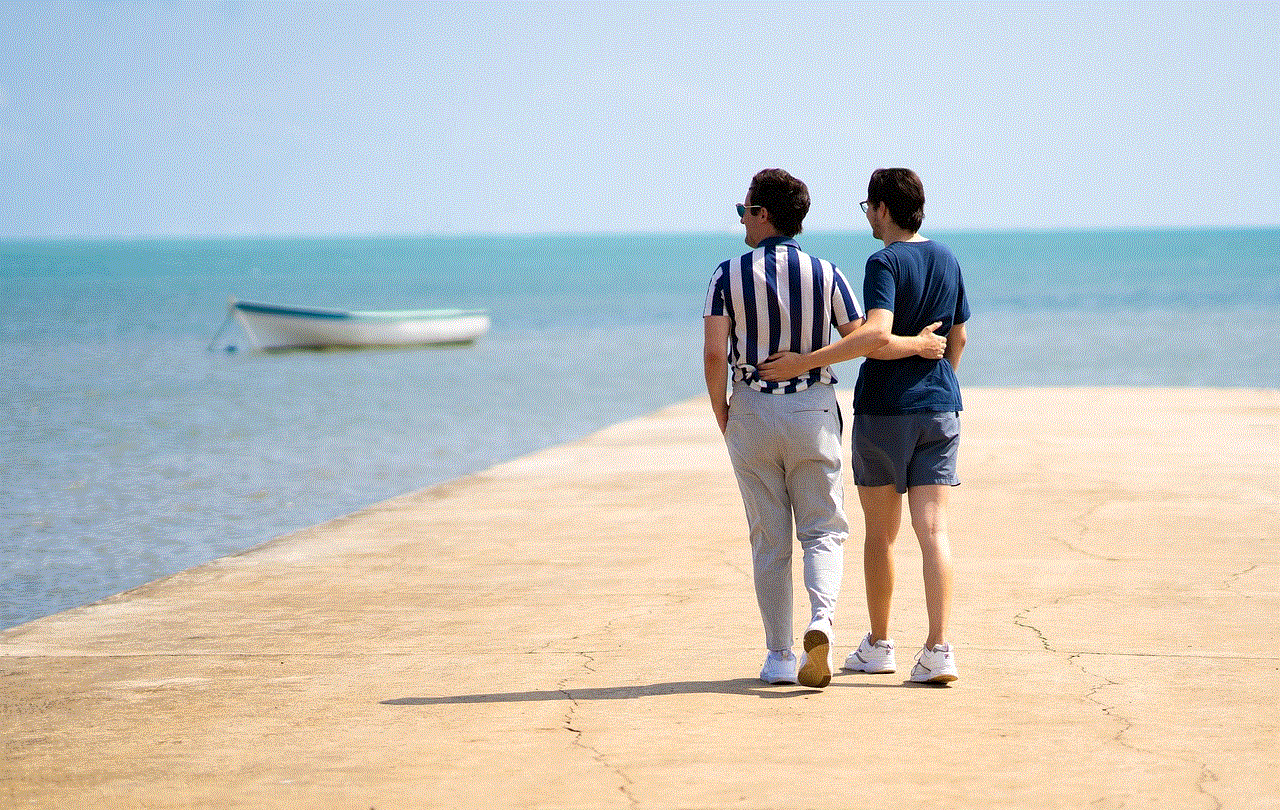among us elf on the shelf ideas
If you’re a fan of the popular online game “Among Us” and also enjoy the holiday tradition of “Elf on the Shelf,” then you’re in luck! This holiday season, many creative and festive ideas have emerged for combining these two beloved concepts. From incorporating the game’s characters into your Elf’s daily shenanigans to setting up an entire game board on your shelf, there are endless possibilities for incorporating “Among Us” into your Elf on the Shelf tradition. In this article, we will explore more than 10 fun and creative “Among Us” Elf on the Shelf ideas that will surely bring joy and excitement to your household this holiday season.
1. Elf as the Imposter
One of the most iconic elements of “Among Us” is the concept of the imposter. This sneaky character is always up to no good, trying to sabotage the crewmates’ tasks and ultimately win the game. So why not have your Elf on the Shelf dress up as the imposter? You can use a black marker to draw a mask on your Elf’s face and add a red felt tongue sticking out to complete the look. Your kids will love finding the imposter Elf each morning and trying to catch them in the act of causing mischief.
2. Elf Crewmates
On the flip side, you can also have your Elf on the Shelf join the crewmates in their mission to complete tasks and identify the imposter. Dress your Elf in a colorful spacesuit and add a mini backpack or utility belt with tools and gadgets. You can even print out small “tasks” for your Elf to complete each day, such as fixing wires or swiping a card, just like in the game.
3. Imposter Hunt
For this idea, you can use the “Among Us” game board as inspiration. Set up a miniature version of the game on your shelf, complete with crewmate and imposter figurines. Each day, hide your Elf somewhere in the game board and have your kids try to find them. If they find the Elf, they win the round, but if they don’t, the imposter wins. This is a fun and interactive way to incorporate the game into your Elf’s daily activities.
4. Emergency Meeting
Another iconic aspect of “Among Us” is the emergency meeting. Whenever a crewmate finds a dead body or suspects someone of being the imposter, they can call an emergency meeting to discuss and vote on who the imposter may be. Set up a miniature meeting area on your shelf with a small table and chairs, and have your Elf call an emergency meeting by holding up a sign. Your kids can then gather around to discuss and vote on who they think the imposter is.
5. Elf as the Ghost
In “Among Us,” once a crewmate is killed by the imposter, they become a ghost and can continue to complete tasks to help the remaining crewmates win. You can have your Elf on the Shelf take on this role by dressing them in a white sheet or cloth and adding a ghostly face. Your kids can then watch as the ghost Elf helps them complete tasks and find the imposter.
6. Elf Sabotage
The imposter in “Among Us” can sabotage tasks and cause chaos for the crewmates. Your Elf on the Shelf can do the same by sabotaging your holiday decorations. Have your Elf knock over a Christmas tree, mess up the ornaments, or “spill” some hot cocoa on the table. Your kids will love finding the aftermath of the Elf’s mischievous actions each morning.
7. Task Race
In “Among Us,” crewmates must complete tasks in a timely manner to increase their chances of winning. You can create a similar challenge for your Elf on the Shelf by setting up a series of tasks for them to complete each day. These can include wrapping presents, decorating cookies, or even just hiding in a different spot each day. Your kids can keep track of how many tasks the Elf has completed and see if they can beat their previous record.
8. Elf Imposter Hunt
Similar to the Imposter Hunt idea, this activity involves hiding multiple imposters throughout your home and having your kids search for them. Hide your Elf in one spot and place imposters in different locations. Your kids can then try to find the Elf and the imposters, just like in the game. This is a great way to get the whole family involved in the fun.
9. Among Us Advent Calendar
If you have an Elf on the Shelf that loves to bring little gifts or treats each day, you can create an “Among Us” inspired advent calendar. Use a small cardboard box or a muffin tin to create compartments for each day leading up to Christmas. Fill each compartment with a small “task” for your Elf to complete or a treat for your kids to enjoy.
10. Elf on the Shelf Game Night
Finally, you can host an “Among Us” game night with your Elf on the Shelf. Set up a game board and invite your kids to play with the Elf as the host. Your Elf can announce the tasks, call emergency meetings, and even reveal who the imposter is at the end of the game. This is a fun and interactive way to bring the game to life and involve your Elf in the holiday festivities.
In conclusion, there are countless ways to incorporate “Among Us” into your Elf on the Shelf tradition this holiday season. From dressing your Elf up as the imposter to setting up a game board on your shelf, these ideas are sure to bring joy and excitement to your household. So gather your crewmates (family members) and let the games begin! Happy holidays from your Elf on the Shelf and the “Among Us” crew.
the orbital children porn



The topic of orbital children porn is a disturbing and highly sensitive one, and one that has garnered a lot of attention in recent years. The idea of children being exploited and abused for the sexual gratification of others is abhorrent, and the thought of it happening in space, away from the reach of authorities, only adds to the horror.
The term “orbital children porn” refers to the production, distribution, and consumption of child pornography in outer space. With the rise of private space companies and the increasing accessibility of space travel, this issue has become a growing concern for law enforcement and child protection agencies.
The first reported case of orbital child pornography was in 2007 when a Russian astronaut was caught with child pornography on his laptop while on the International Space Station. This incident sparked a global discussion on the regulation and monitoring of activities in outer space, especially when it comes to child exploitation.
One of the main challenges in addressing this issue is the lack of laws and regulations specifically addressing activities in outer space. International laws, such as the United Nations Convention on the Rights of the Child, do not have a specific provision for crimes committed in space. This loophole leaves room for criminals to exploit and abuse children while in orbit.
Furthermore, the remote and isolated nature of space travel makes it difficult for law enforcement to monitor and investigate any potential cases of orbital child pornography. The vastness of space and the limited resources for surveillance make it almost impossible to track and apprehend perpetrators.
Another factor that contributes to the rise of orbital child pornography is the lack of awareness and education among astronauts and space travelers. Many of them are not trained to identify and report signs of child exploitation, and there is a lack of protocols in place for handling such cases.
Moreover, the psychological effects of long-term space travel can also play a role in the production and consumption of orbital child pornography. Studies have shown that prolonged isolation and confinement can lead to changes in behavior and decision-making, potentially increasing the likelihood of engaging in illegal activities.
The exploitation of children in space is not limited to child pornography. There have also been reports of child labor in space mining operations, where children are used for manual labor in dangerous and hazardous conditions. This further highlights the need for regulations and monitoring in outer space.
One of the proposed solutions to address the issue of orbital child pornography is the development of an international treaty that specifically addresses crimes committed in space. This would provide a legal framework for prosecuting offenders and holding them accountable for their actions.
In addition, stricter screening and background checks for astronauts and space travelers could help prevent individuals with a history of child exploitation from entering space. Education and training programs for those working in space could also help raise awareness and prevent the exploitation of children.
Another approach is the use of technology to monitor activities in outer space. Satellites equipped with surveillance cameras and artificial intelligence could help detect and flag suspicious activities, including the production and distribution of child pornography.
Moreover, private space companies must also take responsibility for the activities taking place within their spacecraft and facilities. They should have strict policies in place to prevent and report any illegal activities, including child exploitation.



The involvement of social media and the internet in the production and distribution of child pornography has also extended to space. Websites and forums dedicated to the sharing and trading of child pornography now have a presence in outer space. This further highlights the need for collaboration between space agencies and internet service providers to monitor and take down such websites.
It is also crucial to address the demand for orbital child pornography. The demand for child pornography fuels its production, and without consumers, there would be no market for it. Governments and law enforcement agencies must work together to identify and prosecute those who consume and support this heinous industry.
In conclusion, the issue of orbital children porn is a complex and challenging one, with no easy solution. It requires the cooperation and collaboration of governments, space agencies, private companies, and individuals to effectively address and prevent it. The protection of children, whether on Earth or in space, must be a top priority, and all necessary measures must be taken to ensure their safety and well-being.
does find my friends notify when i stop sharing
In today’s fast-paced world, staying connected with loved ones has become increasingly important. With the rise of social media and smartphones, there are now numerous ways to keep in touch with friends and family, no matter where they are in the world. One such way is through the use of location-sharing apps, such as Find My Friends. This app, developed by Apple, allows users to share their real-time location with friends and family members. However, a common question that arises among users is whether Find My Friends notifies others when the user stops sharing their location. In this article, we will delve deeper into this question and explore the features and privacy settings of Find My Friends.
To begin with, let’s understand how Find My Friends works. The app uses a combination of GPS, Wi-Fi, and cellular networks to track the user’s location in real-time. This information is then shared with friends and family members who have been granted permission to view the user’s location. One of the primary uses of this app is to keep track of loved ones, especially during moments of emergency or when traveling to unfamiliar places. With Find My Friends, users can also set up geofences, which are virtual boundaries around a specific location. When the user enters or leaves this area, the app sends a notification to their friends and family members. This feature can be particularly helpful for parents who want to keep track of their children’s whereabouts.
Now, coming back to the main question, does Find My Friends notify when the user stops sharing their location? The answer is yes and no. By default, the app does not send any notification to friends or family members when the user stops sharing their location. However, there is an option to enable a notification that will be sent to friends and family members when the user stops sharing their location. This setting can be found in the app’s privacy settings and can be toggled on or off according to the user’s preference.
So, why does Find My Friends offer this option? The reason behind this is that some users may want to have complete control over when their location is shared with others. For instance, if the user is going on a solo trip and does not want to constantly share their location with their friends and family, they can turn off the location sharing feature and only enable it when necessary. This ensures privacy and gives the user a sense of control over their location data.
Moreover, Find My Friends also offers a temporary sharing option where the user can choose to share their location for a set amount of time. This can be useful when meeting up with friends or family members in a crowded place or when going on a trip with a group. After the set time period, the location sharing automatically stops, and there is no need to remember to turn it off manually. This feature eliminates the hassle of having to constantly share and stop sharing the location, making it more convenient for users.
On the other hand, there are instances where Find My Friends may send a notification when the user stops sharing their location, even if the option is turned off. This happens when the user has set up a geofence and has enabled notifications for that particular location. In such cases, when the user leaves the geofence, the app will send a notification to their friends and family members, informing them that the user is no longer in that location. So, even if the user has turned off the option to send notifications for stopping location sharing, this particular notification will still be sent.
Now, let’s address the elephant in the room – privacy concerns. With location-sharing apps like Find My Friends, there is always a potential risk of privacy invasion. After all, the app is tracking the user’s every move and sharing it with others. However, Apple has taken steps to address these concerns and has implemented strict privacy policies for the app. For instance, Find My Friends only works when the user has given explicit permission to share their location. This means that no one can track the user’s location without their consent. Additionally, the app does not store any location data on Apple’s servers, ensuring that the user’s location information is not accessible to anyone else.
Furthermore, Find My Friends also offers the option to share location with specific people only. This means that the user can choose who they want to share their location with and who they want to keep it private from. This feature can be particularly helpful in situations where the user does not want certain people to know their exact location, such as an ex-partner or an estranged family member. With the ability to customize location sharing, Find My Friends gives users a sense of control over their privacy.



In conclusion, Find My Friends does not send a notification to friends and family members when the user stops sharing their location by default. However, there is an option to enable this notification if the user wishes to do so. This feature gives users control over their location data and ensures privacy. With its various features and privacy settings, Find My Friends has become a popular app among users who want to keep track of their loved ones and stay connected. As with any app that involves sharing personal information, it is essential to use Find My Friends responsibly and be aware of the privacy settings available to protect one’s personal data.
